Growing Focus on Energy Efficiency
The Polyphenylene Sulfide Resin Market is increasingly driven by a growing focus on energy efficiency across various sectors. As industries seek to reduce energy consumption and improve sustainability, the demand for materials that contribute to energy-efficient processes is rising. Polyphenylene sulfide resins, known for their lightweight and durable characteristics, are being adopted in applications that require energy-efficient solutions. For example, in automotive and aerospace applications, the use of lightweight materials can lead to significant reductions in fuel consumption. The trend towards energy efficiency is expected to continue, potentially leading to a rise in the adoption of polyphenylene sulfide resins in applications that prioritize sustainability and performance.
Increasing Applications in Electronics
The Polyphenylene Sulfide Resin Market is experiencing a notable surge in demand due to its increasing applications in the electronics sector. This resin is favored for its excellent thermal stability and electrical insulation properties, making it suitable for components such as connectors, circuit boards, and housings. As the electronics industry continues to evolve, the need for materials that can withstand high temperatures and provide reliable performance is paramount. In 2023, the electronics segment accounted for a substantial share of the market, reflecting a trend that is likely to persist as technological advancements drive innovation. The integration of polyphenylene sulfide in electronic devices not only enhances performance but also contributes to the miniaturization of components, further propelling the market forward.
Rising Demand in Aerospace Applications
The Polyphenylene Sulfide Resin Market is poised for growth, particularly in the aerospace sector, where the demand for lightweight and high-performance materials is critical. Polyphenylene sulfide resins are increasingly utilized in aircraft components due to their superior mechanical properties and resistance to harsh environmental conditions. The aerospace industry is projected to expand, with an estimated growth rate of 4.5% annually over the next five years. This growth is likely to drive the adoption of polyphenylene sulfide, as manufacturers seek materials that can enhance fuel efficiency and reduce overall weight. The ability of this resin to withstand extreme temperatures and pressures makes it an ideal choice for aerospace applications, thereby contributing to the overall expansion of the market.
Expansion in the Chemical Processing Industry
The Polyphenylene Sulfide Resin Market is benefiting from the expansion of the chemical processing sector, where the need for durable and chemically resistant materials is paramount. Polyphenylene sulfide resins are increasingly employed in applications such as pumps, valves, and piping systems due to their exceptional resistance to corrosive chemicals and high temperatures. The chemical processing industry is expected to witness a compound annual growth rate of approximately 3.8% in the coming years, which may lead to increased demand for polyphenylene sulfide. As industries strive for efficiency and safety, the adoption of this resin is likely to rise, further solidifying its position in the market. The versatility of polyphenylene sulfide in various chemical environments enhances its appeal to manufacturers.
Technological Innovations in Material Science
The Polyphenylene Sulfide Resin Market is significantly influenced by ongoing technological innovations in material science. Advances in processing techniques and formulations are enabling the development of enhanced polyphenylene sulfide resins with improved properties. These innovations are likely to expand the range of applications for this resin, making it more attractive to various industries. For instance, the introduction of new additives and processing methods can enhance the thermal and mechanical properties of polyphenylene sulfide, thereby broadening its usability. As manufacturers continue to invest in research and development, the market is expected to witness a shift towards more specialized and high-performance grades of polyphenylene sulfide, which could lead to increased market penetration and growth.


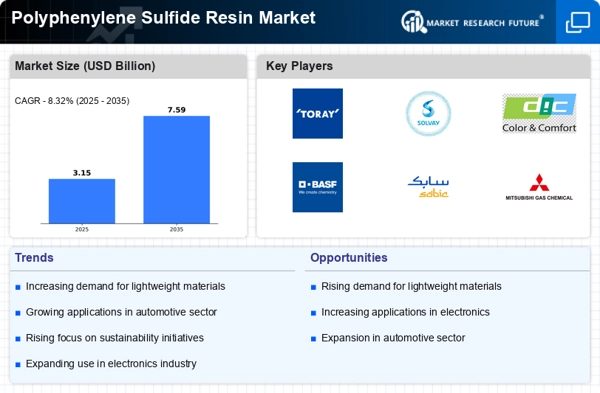
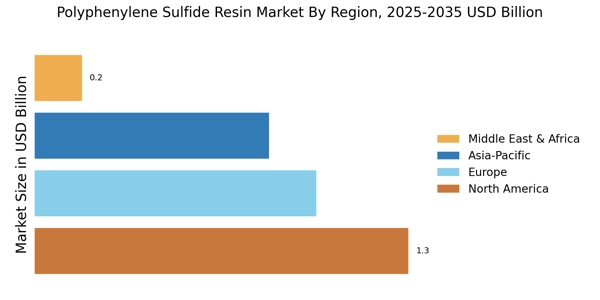

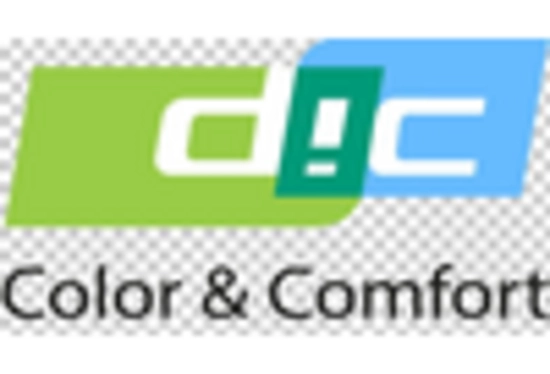
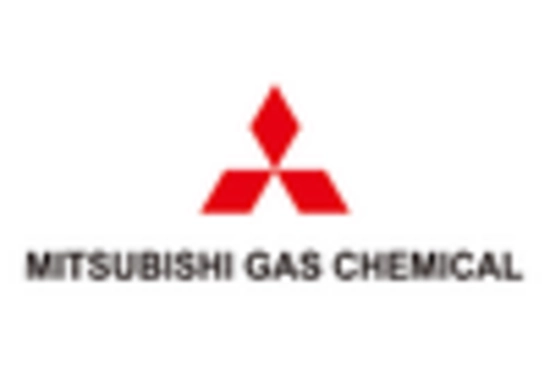

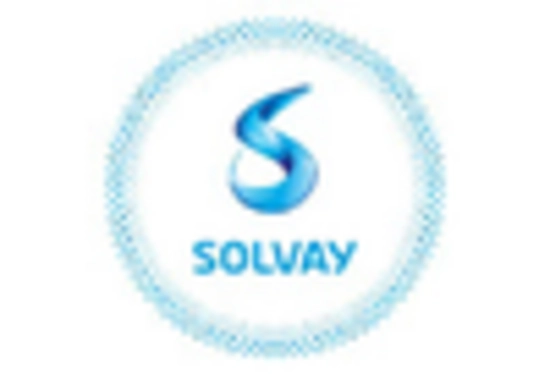
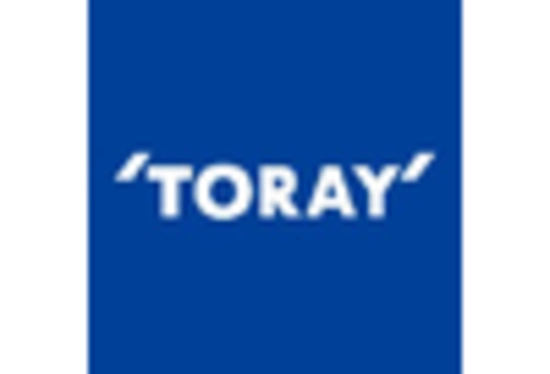








Leave a Comment